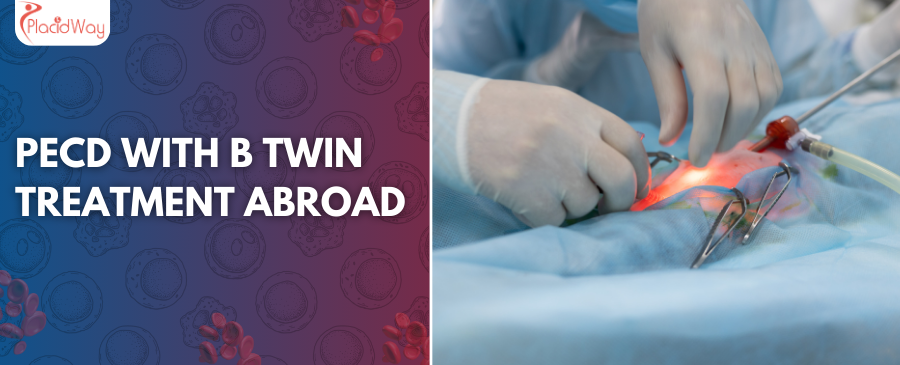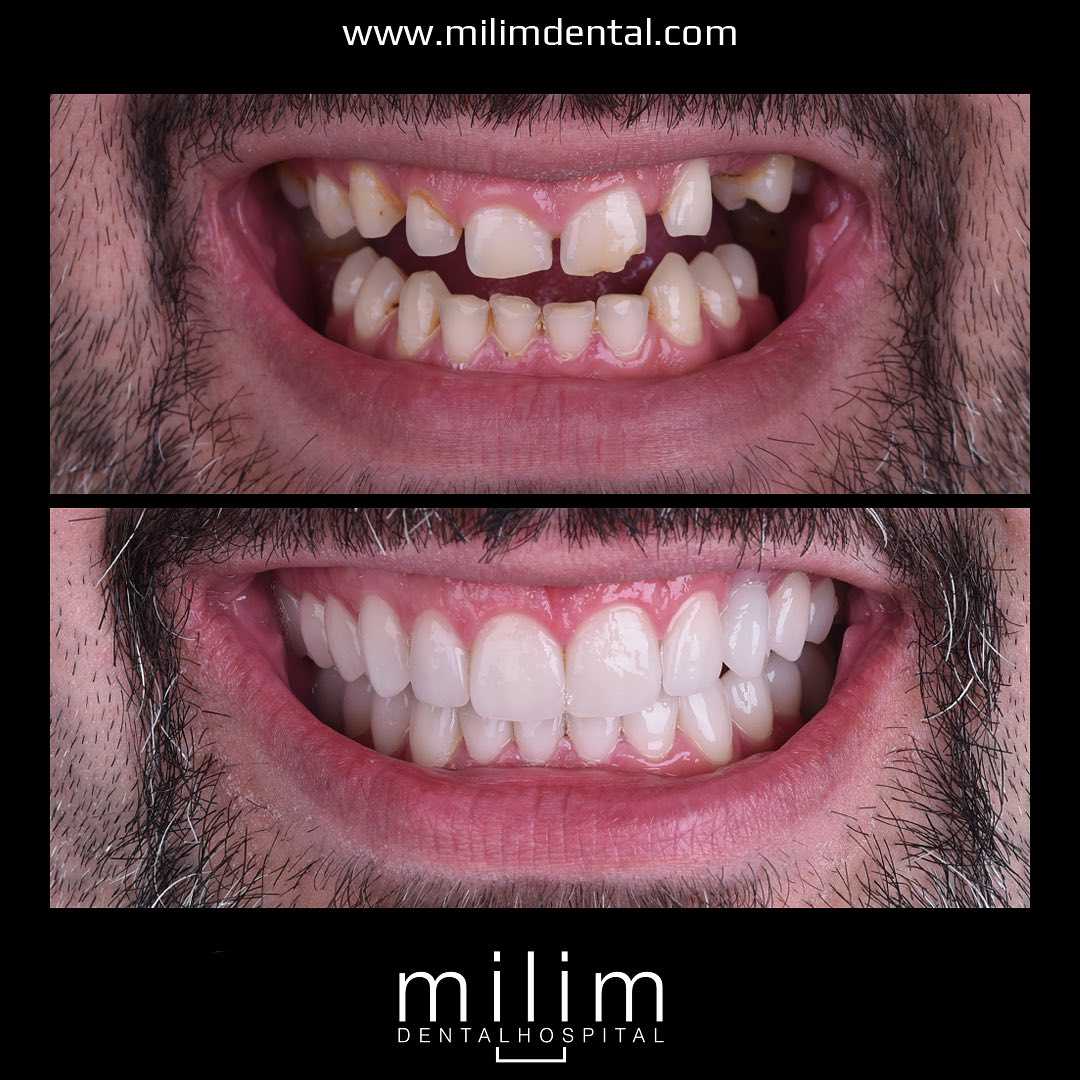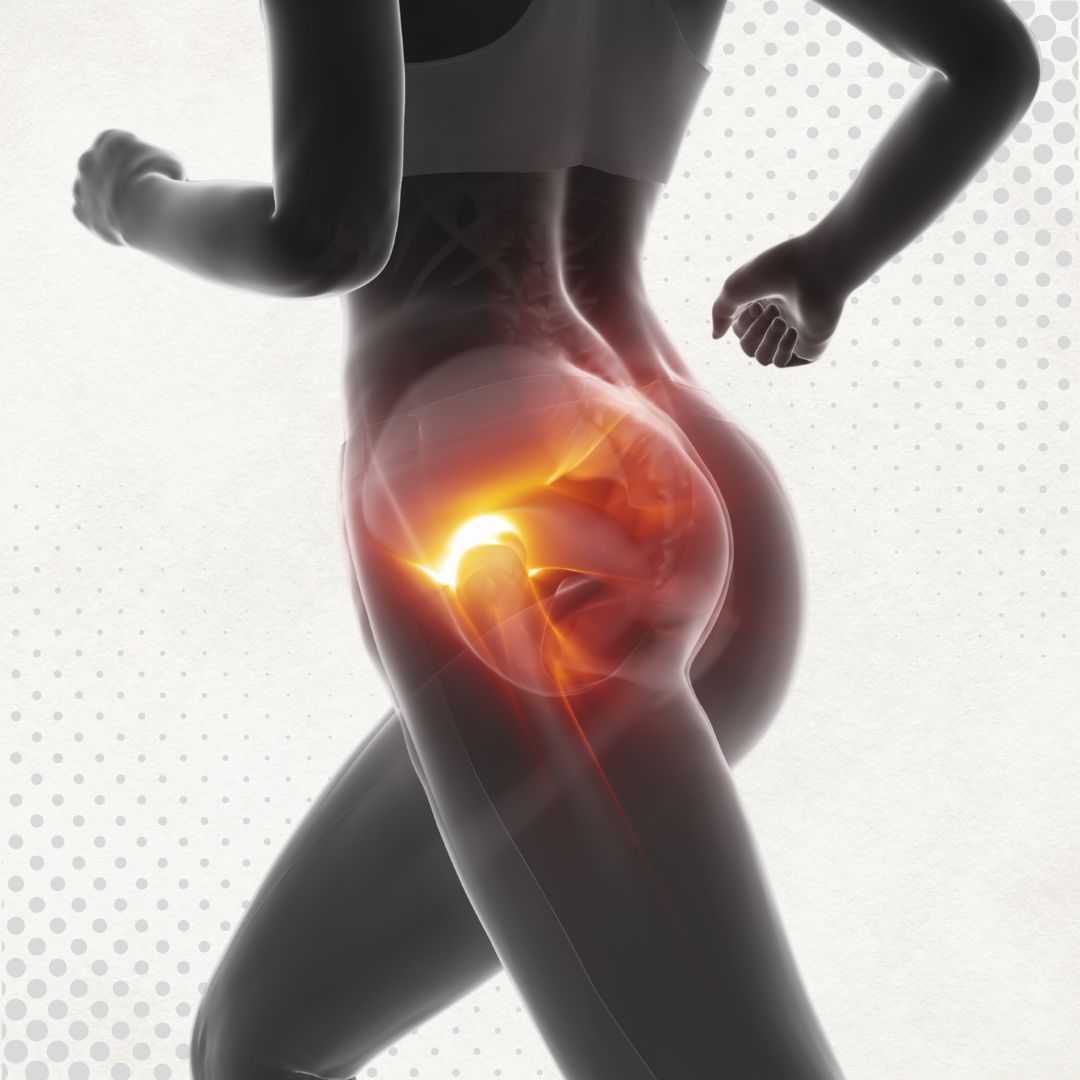
Table of Content
Key Insights at a Glance
- PECD is a minimally invasive spine surgery used to treat herniated cervical discs, reducing pain and nerve compression.
- The B-Twin implant is a device used to maintain spinal stability and height, reducing the need for spinal fusion.
- Patients often choose PECD with B-Twin implant abroad for advanced technology and lower costs.
- With a shorter recovery time, PECD is an ideal option for patients seeking relief from cervical disc issues.
What is Percutaneous Endoscopic Cervical Discectomy (PECD) with B-Twin Implant?
Percutaneous Endoscopic Cervical Discectomy (PECD) is a minimally invasive procedure that removes herniated or degenerative cervical discs, relieving pressure on the spinal cord and nerves. During the procedure, an endoscope is used to visualize and remove the affected disc material through a small incision. The B-Twin implant is a specialized device inserted after discectomy to restore disc height and stability, avoiding the need for traditional spinal fusion. This combination allows for quicker recovery, reduced pain, and preserved spinal mobility.
Symptoms Indicating PECD
- Neck pain that radiates to the shoulders, arms, or hands
- Numbness or tingling in the arms or hands
- Weakness in the arm muscles
- Difficulty with fine motor skills in the hands
- Pain that worsens with neck movement
Treatment Options for Cervical Disc Herniation
| Treatment | Description |
|---|---|
| Physical Therapy | Non-surgical treatment that includes exercises and stretches to strengthen neck muscles. |
| Medication | Pain relievers and anti-inflammatory drugs to manage symptoms without surgery. |
| Percutaneous Endoscopic Cervical Discectomy (PECD) | Minimally invasive procedure to remove herniated disc material, relieving nerve compression. |
| Spinal Fusion | A surgical option that fuses two or more vertebrae to stabilize the spine, though it reduces flexibility. |
Click here to explore PECD treatment options abroad.
Safety Concerns for PECD with B-Twin Implant Abroad
- Verify that the facility has expertise in minimally invasive spinal procedures and endoscopic techniques.
- Ensure the clinic uses FDA-approved implants like the B-Twin, and confirm its track record in patient safety and outcomes.
- Ask about post-surgical support, as follow-up consultations may be necessary to monitor recovery and implant stability.
- Check if the clinic follows international safety standards and sterilization protocols to prevent infections and complications.
PECD with B-Twin Implant Procedure
The PECD procedure with B-Twin implant generally includes these steps:
- Initial Evaluation: Imaging tests like MRI or CT scans help the surgeon assess the exact location and extent of the herniated disc.
- Anesthesia: The procedure is usually performed under general anesthesia for patient comfort.
- Endoscopic Discectomy: A small incision is made in the neck, allowing the surgeon to remove the herniated disc material endoscopically.
- B-Twin Implant Insertion: After discectomy, the B-Twin implant is placed to restore disc height and maintain spinal stability without fusion.
- Postoperative Care: Patients are monitored, and most experience minimal discomfort, resuming normal activities within a few weeks.
Cost of PECD with B-Twin Implant Worldwide | Compare Prices
| Country | Average Cost (USD) |
|---|---|
| Mexico | $7,000 - $10,000 |
| Turkey | $8,000 - $12,000 |
| Thailand | $8,500 - $13,000 |
| Colombia | $6,500 - $9,500 |
| India | $6,000 - $8,000 |
| Austria | $12,000 - $18,000 |
| USA | $15,000 - $25,000 |
| UK | $12,000 - $20,000 |
Find Prices for PECD with B-Twin Implant Near You
FAQs Related to PECD with B-Twin Implant Treatment Abroad
Who is a candidate for PECD with B-Twin implant?
This procedure is ideal for patients with herniated cervical discs causing nerve compression. A consultation with a spine specialist and imaging tests confirm if PECD with B-Twin implant is the best option.
What is the recovery time after PECD with B-Twin implant?
Most patients recover within two to four weeks, depending on individual health and the complexity of the surgery. Postoperative physical therapy may be recommended to improve mobility and strength.
Is PECD with B-Twin implant painful?
The surgery is performed under anesthesia, so patients experience no pain during the procedure. Mild discomfort may be present post-surgery, but it is generally minimal and well-managed with medication.
What are the risks associated with PECD?
As with any procedure, risks include infection, nerve damage, or implant-related issues. These risks are rare when the procedure is performed by a skilled surgeon at a reputable facility.
How long does the B-Twin implant last?
The B-Twin implant is designed for long-term use and stability, although regular follow-ups are recommended to ensure optimal positioning and functionality over time.
Book Your Appointment with PlacidWay
Considering PECD with B-Twin implant abroad? PlacidWay connects you with top international spine specialists offering effective, minimally invasive treatments at affordable prices. Book your consultation today to explore a lasting solution for neck pain and disc problems!
Affordable Spine Surgery | Best Spine Surgery Abroad










Share this listing